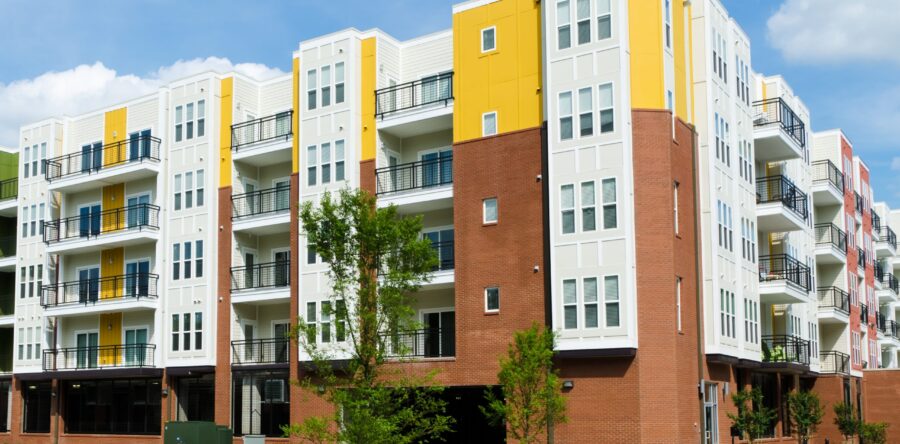House-flipping seems deceptively simple, and it’s not your fault, a lot of people make house flipping look like child’s play. Most experts will say that, when it comes to investments, house-flipping is not the best strategy as there are many variables at play when you want to consider flipping the houses. However, if you play your cards right you can turn a massive profit. Here are some of the assessments you need to consider to make your house flip a successful one.
The Real Cost of Flipping a House
Considering the following criteria, make a calculated decision when investing in a house flip. Any last-minute additions to your costs, idle time in the market when you can’t sell the property at a better price and other poor outcomes will prevent you from walking away with a profit in your hands.
Assessing the Current Cost of the Home for the Flip
To go through a house-flip, you need to get yourself a house. And these don’t come cheap. Therefore, you’re looking at an upfront investment that you need to make and it’s important to be very smart here, as you do not want to end up making too large an investment on a property that will lose its value during the flipping period. Moreover, this cost has a direct impact on future calculations as well, as this will impact the closing and financing costs during and after the flipping period.
After Repair Value
Calculating the After Repair Value will give you a handle on the situation and help you determine whether your efforts will be successful or not. Investing huge amounts of time and money into repairing the house during a flip should return higher value for the home. This is where you determine how much the next homeowner will be willing to fork out to own your well-done house flip. There are some questions you need to ask yourself when trying to figure out the ARV of a house such as the location of the home or similar post-repair home prices on the market, and these require a significant amount of research to answer, but they are worth the wait and will prevent you from making a bad investment of your valuable time and money.
Estimated Repair Costs
Having determined the value of the property after repairs in the previous step, you should now be estimating the exact costs of making those repairs. Every property has its own different set of needs and associated costs, with something as simple as a repaint to a more complicated HVAC overhaul. Assessing these costs way ahead of time can save you from frustration and hinder the bad decisions you might make along the way. Therefore, make an exhaustive list of all your repairs and ensure that you do not end up with any surprises halfway through your flip.
Closing and Financing Costs
When doing a house flip, you will need to pay closing costs twice over, it’s smart to incorporate these costs into the final selling price of the house since they usually add up to about 10% in total investment made into the property. Additionally, financing the flip incurs additional interest costs as well. Not factoring all of these costs will lead you to losses.
Performing a proper flip can be difficult, but with these calculations done ahead of time, you’ll be turning a profit in no time.





